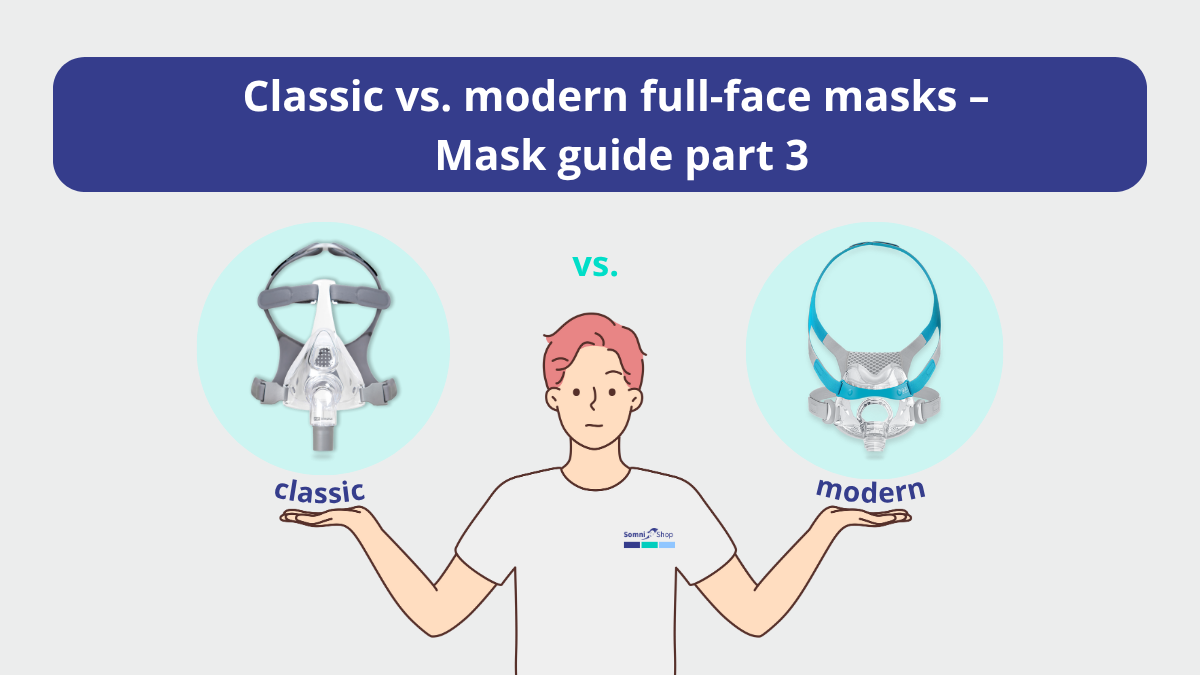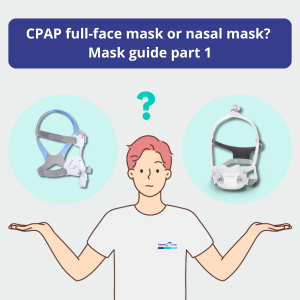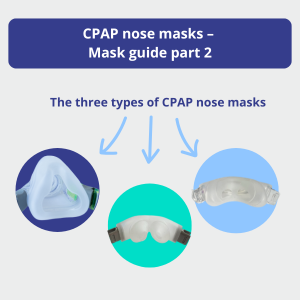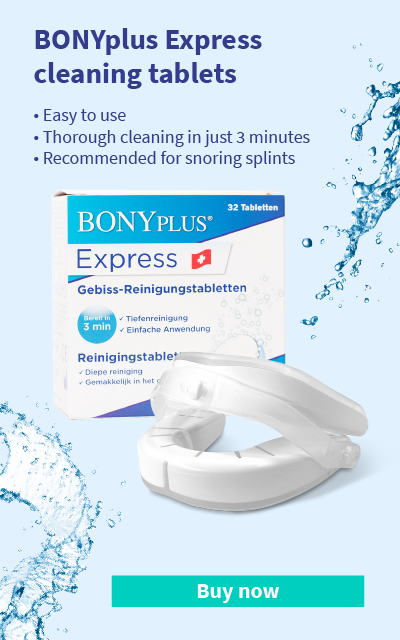Know that you need a full-face mask but unsure how to choose the right one? In this 3rd part of our “Choosing the right CPAP mask” practical guide, we explain how to choose between the two different types of full-face masks, namely the classic full-face masks and the modern, reduced full-face masks.
Based on our many years of practical experience, we recommend firstly deciding on one of the two types and then having a look at the different manufacturer models within this category.
The differences between the two types of full-face mask:
- Classic full-face masks: These masks have a triangular shape and cover the entire nasal area including the bridge of the nose. One well-known example is the AirFit F20. Older models such as the F&P Simplus also have forehead support to help provide stabilisation. This design ensures a secure fit and a large contact surface.
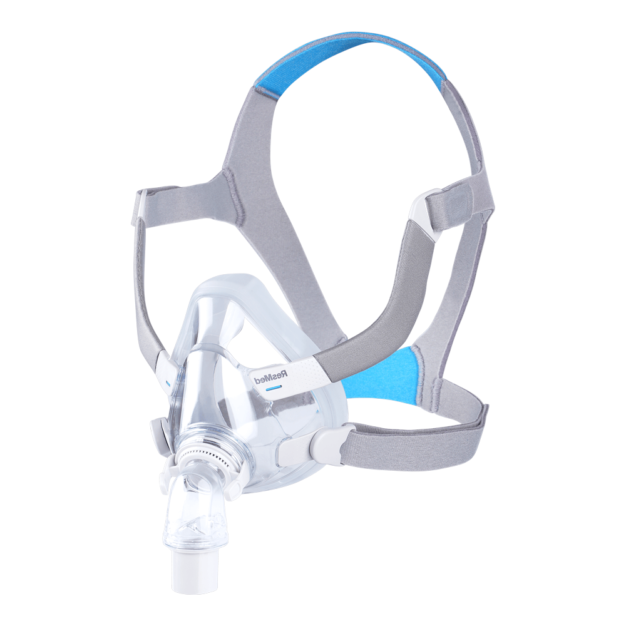
- Modern, reduced full-face masks: These newer models do not have any contact with the bridge of the nose. This results in a lot less skin contact and a clearer field of vision. One example is the AirFit F40.
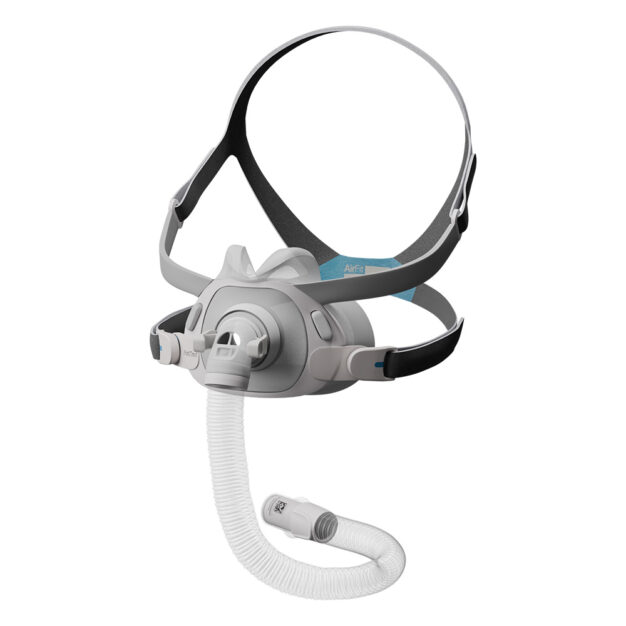
Which mask type is right for you? The four decision-making criteria to help narrow it down
Working out the right mask type is a very individual decision, but there are a few decision-making criteria that can help you choose:
- Skin sensitivity: People who tend to suffer from pressure points or skin irritation should undoubtedly opt for the reduced version. Less skin contact means less friction, and a lower risk of skin problems – particularly on the sensitive bridge of the nose.
- Sleeping position: Side-sleepers will get particular benefits from reduced full-face masks. The more slimline design means that there’s less material to press into the face and cause discomfort, and choosing a model with a hose connection above the head also reduces the risk of becoming tangled in the hose.
- Restless sleep: People who move around a lot in their sleep need a mask with stability. Classic masks such as the Airfit F20 offer a more secure fit thanks to their larger contact surface. Based on our experience, however, there are also a few reduced full-face masks, such as the Evora full-face mask or the Airfit F40, that also provide good, secure support even for restless sleepers.
- Feeling restricted or claustrophobia: The modern masks have a clear advantage here too. Because they don’t rest on the bridge of the nose and don’t have forehead support, they offer a particularly clear field of vision. This can provide relief for a lot of users, and lead to better acceptance of the CPAP therapy. It’s also practical if the user wishes to read or watch TV before going to sleep.
Conclusion: Classic vs. modern CPAP full-face masks – which is the right mask type for you?
Choosing the right full-face mask depends a lot on your individual requirements. Our four decision-making criteria should help you make your decision.
For people with sensitive skin or claustrophobic tendencies or those who sleep on their side, there’s a lot to be said for the modern, reduced full-face masks.
Anyone looking for a particularly stable mask for very restless nights, however, may benefit from a classic full-face mask.
Full-Face or Nasal CPAP Mask? CPAP Mask Guide – Part 1
Find out why nasal masks are often the better choice for your therapy. Learn how to choose the right CPAP mask in just a few steps.
Nasal CPAP Masks Explained – CPAP Mask Guide – Part 2
Your complete guide to choosing the perfect nasal mask – discover the 5 key features that make all the difference in your therapy success.
Buy CPAP full-face masks at favourable prices
A large selection of CPAP full face masks from the leading manufacturers – for successful CPAP therapy!
Dr. Daniel Grätz is the Managing Director of health.On Ventures GmbH, one of Germany’s leading online providers of snoring mouth guards, and has been providing customers with advice about these devices for many years.


